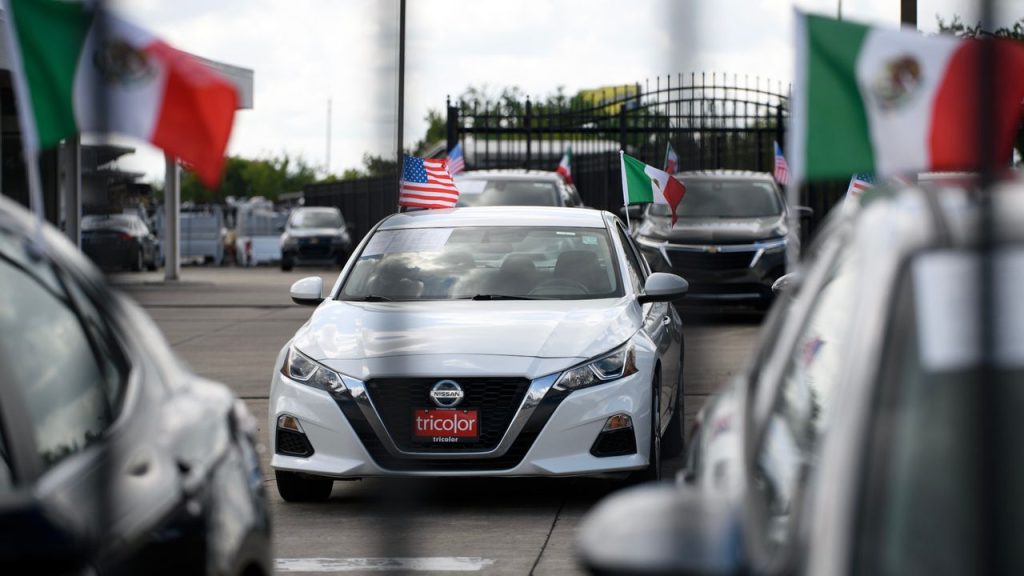The collapse of an auto lender in Texas is a warning about the strains on lower-income Americans, said Amelia Pollard in the Financial Times. Tricolor Holdings, which specialized in loans to subprime borrowers, particularly undocumented Latino workers, broke down so suddenly its offices “look like they were evacuated in an emergency,” with Gatorade bottles still sitting on empty desks. The firm is also under investigation for irregularities in its car loans, “so its demise may not be a pure reflection of economic conditions.” But there are other signs of trouble at “the bottom rung of the U.S. income ladder.” The percentage of outstanding auto loans that have slipped into delinquency rose to 9.3% in August as costs and maintenance are pulling more borrowers underwater. Lower-income Americans will typically “do absolutely everything possible to remain current on auto payments,” said the economist Brett House, since having a car is “essential to having work in the U.S.”
“The question is whether Tricolor is an outlier or a harbinger,” said The Wall Street Journal in an editorial. “Many young people borrowed to buy cars during the pandemic when they didn’t have to make student loan payments” and are now struggling to pay both. Lenders in recent years have also “extended the duration of loans” to sometimes six or seven years “to keep monthly payments affordable.” That often leaves owners owing more than they could get for selling an aging vehicle. Tricolor is relatively unusual in that it worked closely with undocumented immigrants. But President Trump’s crackdown could produce “a surge in defaults by migrants who leave their debts behind as they leave the U.S.”
Let’s not rush to panic like this is a redux of the subprime mortgage crisis of 2008, said Chris Isidore in CNN.com. Auto lending is “only a fraction of the size of the home mortgage market.” And everyone understands autos are a depreciating asset; neither lenders nor buyers expect to sell theirs at a profit. But there are some less than reassuring parallels, like the rise in riskier lending: “More than 15% of all new car payments today are more than $1,000 a month, a record share.”
A growing portion of the U.S. population is becoming “economically invisible,” said Nir Kaissar in Bloomberg. The overall economy appears “to be growing robustly.” Look closely, however, and you’ll see that the top 10% of earners “account for 49.2% of consumer spending,” the highest share on record. This makes for a “shrinking economic footprint” from the majority of the country. “If the economy can thrive without the spending of some 80 million households, what incentive do businesses have to serve them or policymakers to support them?”
The downfall of Tricolor Holdings may reflect the growing financial strain low-income Americans are facing
